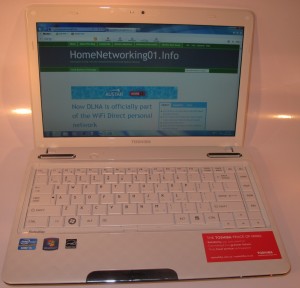First it was Hambleton, now it’s Uppingham to have fibre-optic broadband in Rutland
Article
thinkbroadband :: Gigaclear bringing its full fibre solution to Uppingham, Rutland
From the horse’s mouth
Gigaclear
Uppingham First
My Comments
There has been some previous broadband enablement taking place in Rutland in the UK. Here, a next-generation fibre-to-the-premises network was established in Hambleton which was the subject of a Skype interview with Matthew Hare from Gigaclear that I posted up on this site.
Now Uppingham is now the target of a next-generation fibre-to-the-premises network. This market town, which is 5 miles (8.05 km) as the crow flies or 5 minutes by car from Hambleton, has had its effort boosted through the assistance of the Uppingham First community partnership.
The effort is concentrated on the North East Quarter which encompasses The Beeches and the Uppingham Gate business park and is part of a 12-month rollout by Gigaclear and Rutland Telecom.
There is also a fixed-wireless service which will cover more of the Uppingham neighbourhood within its 25-mile radius, but I would also like to see the fibre service cover more of this town. This could be achieved as part of a gradual service-expansion effort as the initial rollout proves itself economically.
As those of you who follow HomeNetworking01.info know, this deployment, like other Gigaclear FTTP deployments, will offer the symmetrical bandwidth which will please a lot of Internet users in this town, including the small businesses.
As far as I am concerned, this could cause ripples through Rutland’s small towns and rural areas as the neighbourhoods ask for the real bandwidth in a similar way to what is happening in Oxfordshire.


